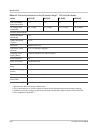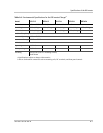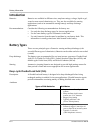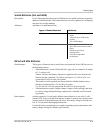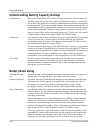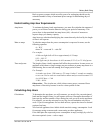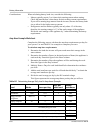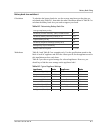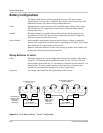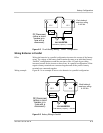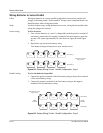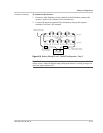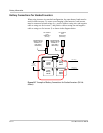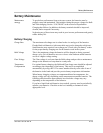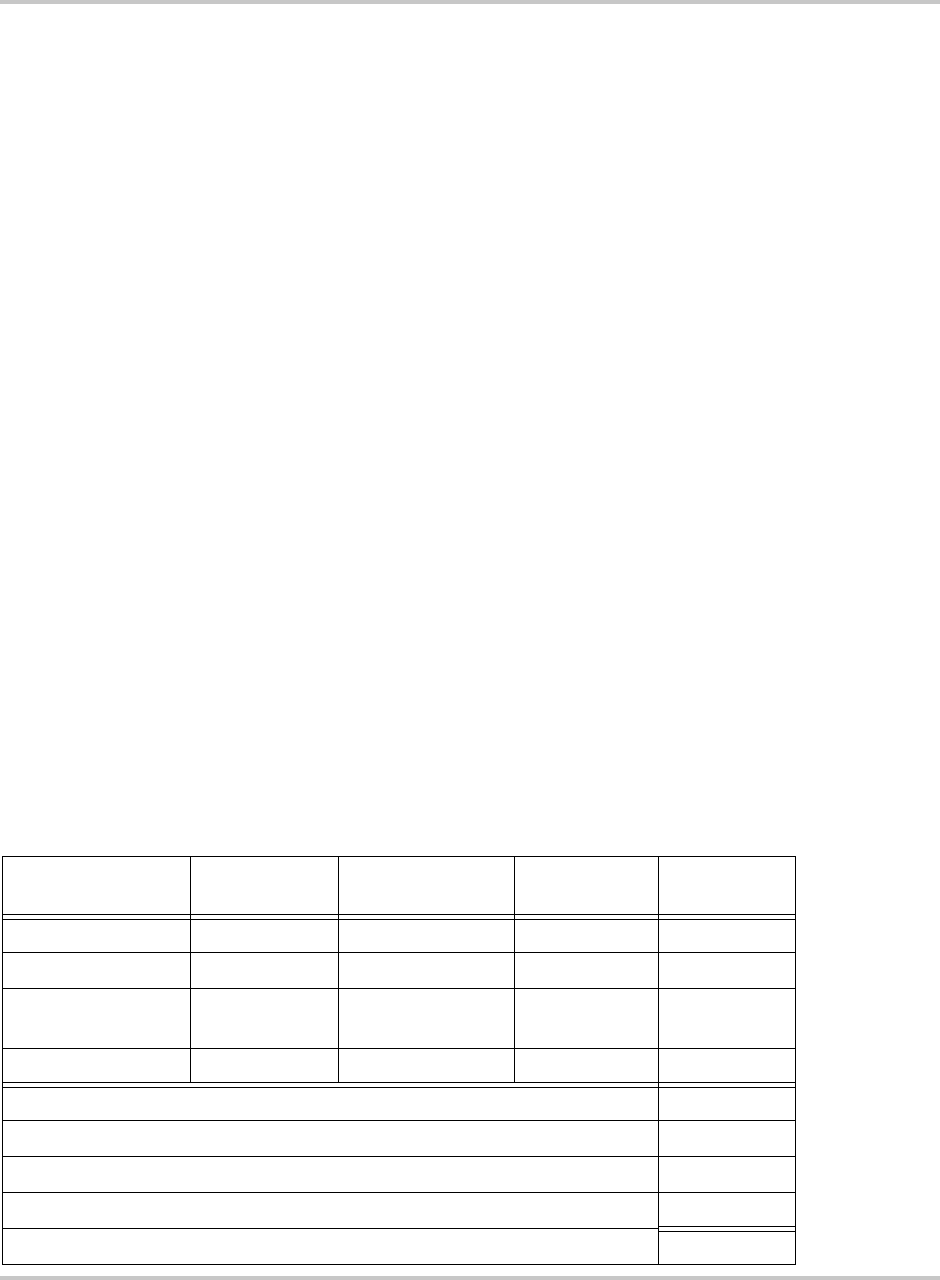
Battery Information
B–6 975-0012-01-02 Rev A
Considerations When calculating battery bank size, consider the following:
• Motors typically require 3 to 6 times their running current when starting.
Check the manufacturer’s data sheets for their starting current requirements.
If you will be starting large motors from the inverter, increase the battery bank
size to allow for the higher start-up current.
• Refrigerators and ice-makers typically run only about 1/3 of the time,
therefore, the running wattage is 1/3 of the total wattage of the appliance.
Divide the total wattage of the appliance by 3 when determining the battery
requirements.
Amp Hour Example Worksheet
Complete the following steps to calculate the amp-hour requirements per day for
your system. Use and Table B-2 as examples to complete your own.
To calculate amp-hour requirements:
1. Determine the loads the inverter will power and enter their wattage in the
watts column.
2. Determine the number of hours (or decimal portion of hours) the appliance is
used each day. Enter this figure in the Hours column.
3. Determine the number of days the appliance will be used during the week.
Enter this figure in the Days column.
4. Multiply Hours x Days for each load identified to determine the watt/hours
per week.
5. Add the total watt/hours per week for all loads then divide by 7 to obtain the
average total watt/hours per day.
6. Divide the total average per day by the DC nominal voltage.
This figure represents the average amp-hours per day that you will use.
Table B-1
Determining Average Daily Load in Amp-hours (Example
Load Watts Hours per Day
Days per
week used
Weekly
watt-hours
5 lights: 15 W CFL 75 W 5 7 2625
Breadmaker 1200 0.75 2 1800
Energy-efficient
refrigerator
200 x 0.3 24 10080
Laptop computer 50 6 5 1500
Total weekly watt-hours of AC load 16005 Wh
Divided by days per week 7
Average total watt-hours per day 2286
Divided by DC nominal voltage 24
Average amp-hours per day (Ah/d) 95



